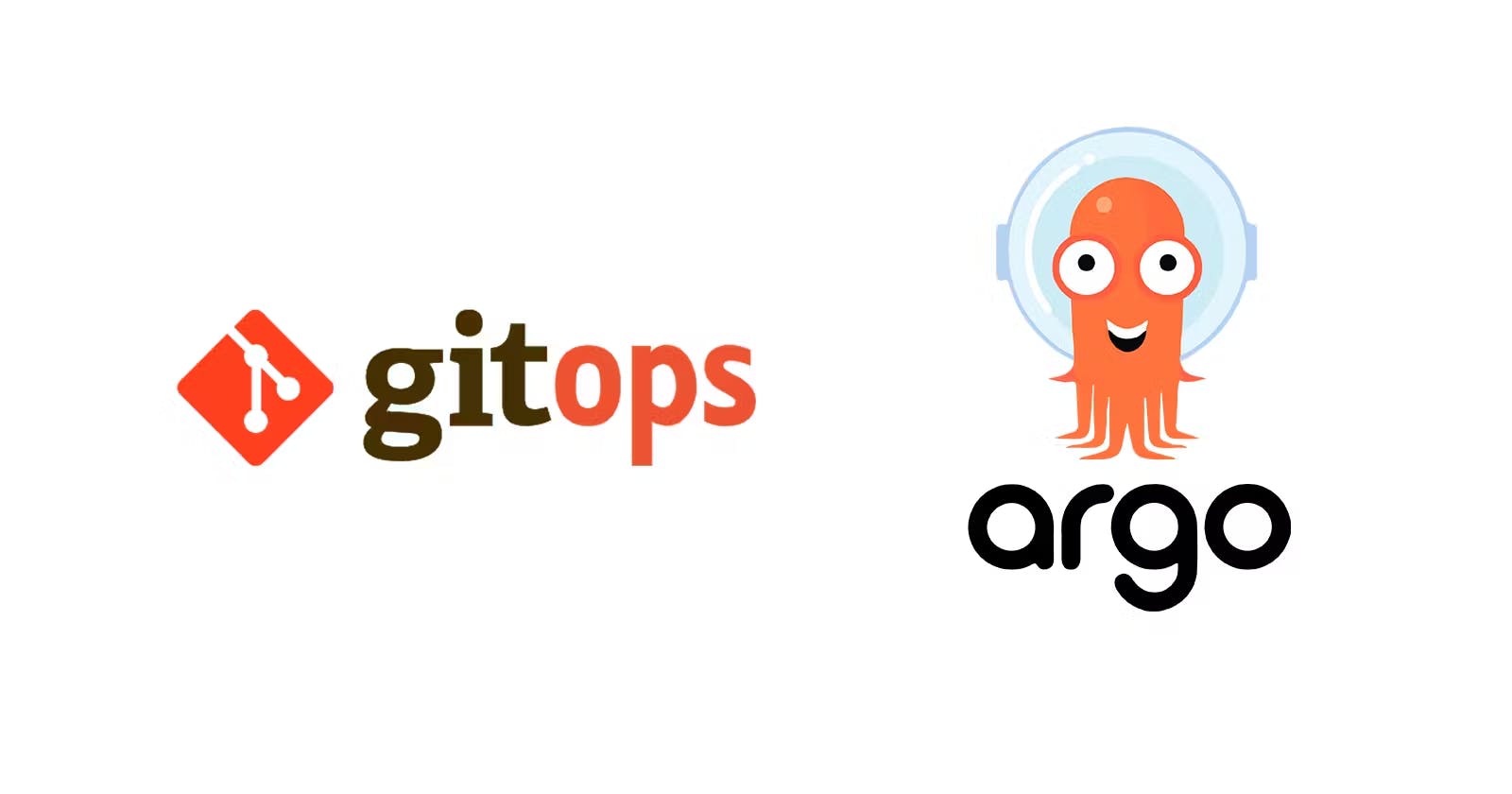Introduction:
In the ever-evolving landscape of DevOps and Cloud Native technologies, GitOps has emerged as a powerful methodology, gaining popularity for its simplicity, efficiency, and reliability. This blog post aims to demystify GitOps, exploring its principles, benefits, and how it is revolutionizing the way teams manage and deploy applications in cloud-native environments.
Understanding GitOps:
GitOps is a set of best practices that leverages Git as the single source of truth for infrastructure and application deployments. It draws inspiration from the Git version control system, emphasizing the use of declarative code and automation to manage infrastructure and application configurations.
Key Principles of GitOps:
Declarative Configuration:
- GitOps relies on declarative configuration stored in a Git repository. This allows teams to define the desired state of their infrastructure and applications using code, making it version-controlled and auditable.
Version Control:
- GitOps leverages the version control capabilities of Git, enabling teams to track changes, roll back to previous states, and collaborate effectively. Every change to the system is recorded, providing a clear history of modifications.
Automation:
- Continuous delivery and deployment are automated processes in GitOps. Changes made in the Git repository trigger automated workflows, ensuring that the actual state of the system converges towards the desired state.
Observability:
- GitOps emphasizes observability, allowing teams to monitor and gain insights into the state of their applications and infrastructure. Continuous feedback loops enable quick detection and resolution of issues.
Benefits of GitOps:
Consistency:
- GitOps promotes consistency by enforcing the use of version-controlled, declarative code. This ensures that development, testing, and production environments remain consistent throughout the entire deployment lifecycle.
Collaboration:
- Since Git is at the core of GitOps, collaboration becomes seamless. Multiple team members can contribute to the infrastructure and application configurations using Git's branching and merging capabilities.
Traceability:
- GitOps provides a comprehensive audit trail of changes made to the system. This traceability enhances security and compliance by enabling teams to understand who made changes, when, and why.
Reproducibility:
- With GitOps, it becomes easy to reproduce any state of the system by simply rolling back to a specific commit in the Git repository. This capability is crucial for troubleshooting and testing.
GitOps in Action:
Continuous Delivery:
- GitOps streamlines the continuous delivery pipeline by automating the deployment process. Changes pushed to the Git repository trigger automated workflows, ensuring a seamless and consistent delivery pipeline.
Application Lifecycle Management:
- Managing the lifecycle of cloud-native applications becomes more efficient with GitOps. Teams can easily update, scale, and rollback applications using Git-based workflows.
Infrastructure as Code (IaC):
- GitOps aligns with the Infrastructure as Code (IaC) paradigm, allowing teams to define and manage infrastructure using code. This brings the benefits of version control, collaboration, and automation to infrastructure management.
Exploring Argo CD: The User-Friendly DevOps Hero

In the fast-paced world of DevOps, managing complex application deployments can be a daunting task. Enter Argo CD, a user-friendly and powerful tool that simplifies and streamlines continuous delivery in Kubernetes environments. In this blog post, we'll delve into the user-friendly features that make Argo CD a standout choice for DevOps teams.
User-Friendly Interface
Argo CD boasts an intuitive web-based user interface that makes managing and monitoring Kubernetes deployments a breeze. The dashboard provides a clear overview of the application state, allowing users to quickly understand the health and status of their deployments. With a clean and accessible design, Argo CD ensures that both beginners and seasoned DevOps professionals can navigate the interface with ease.
Declarative Configuration
One of the key user-friendly aspects of Argo CD is its reliance on declarative configuration stored in Git repositories. This approach aligns with best practices in infrastructure as code (IaC) and version control. Users can define and manage application configurations using Git, enabling easy collaboration, versioning, and rollback capabilities. The declarative nature of Argo CD ensures consistency and traceability across different environments.
Automated Continuous Delivery
Argo CD excels in automating the continuous delivery pipeline. Users can set up automated workflows triggered by changes in the Git repository. This means that deploying updates to applications becomes a hands-free process, reducing the risk of human error and speeding up the release cycle. The automation capabilities make Argo CD an ideal choice for teams looking to embrace GitOps principles and enhance their overall delivery efficiency.
Multi-Cluster Support
For organizations managing multiple Kubernetes clusters, Argo CD's multi-cluster support is a game-changer. Users can centrally manage and monitor deployments across various clusters from a single interface. This user-friendly approach simplifies the complexity of multi-cluster environments, providing a unified view and reducing the learning curve associated with managing distributed systems.
Rollback with Confidence
Argo CD makes it easy to roll back to a previous version of an application in case of issues or unexpected behavior. The user-friendly interface allows users to select a specific commit from the Git history, triggering a rollback to a known and tested state. This feature ensures that teams can respond quickly to incidents, minimizing downtime and maintaining a reliable application environment.
Extensibility and Customization
Argo CD is designed to be highly extensible, allowing users to customize and extend its functionality according to their specific needs. This flexibility ensures that teams can tailor Argo CD to fit seamlessly into their existing workflows, making it an adaptable and user-friendly tool for a wide range of use cases.
Conclusion
As we conclude our exploration of GitOps and Argo CD, it's evident that these technologies are at the forefront of shaping the future of DevOps and cloud-native operations. GitOps, with its emphasis on version control, collaboration, and automation, provides a robust framework for managing infrastructure and application deployments with precision and reliability.
On the other hand, Argo CD emerges as a user-friendly DevOps hero, simplifying the complexities of continuous delivery in Kubernetes environments. Its intuitive interface, declarative configuration, automation prowess, and support for multi-cluster environments make it an ideal choice for teams seeking efficiency without compromising on flexibility.
Embracing GitOps principles and adopting tools like Argo CD not only streamlines your deployment processes but also sets the stage for a more collaborative, consistent, and resilient development lifecycle. As the DevOps landscape continues to evolve, staying informed and incorporating these innovative approaches will undoubtedly empower your team to thrive in the dynamic world of cloud-native operations.
So, whether you're venturing into the realm of GitOps or harnessing the user-friendly capabilities of Argo CD, remember that these technologies are not just tools—they are enablers of a DevOps culture that values efficiency, collaboration, and continuous improvement. Happy deploying!

